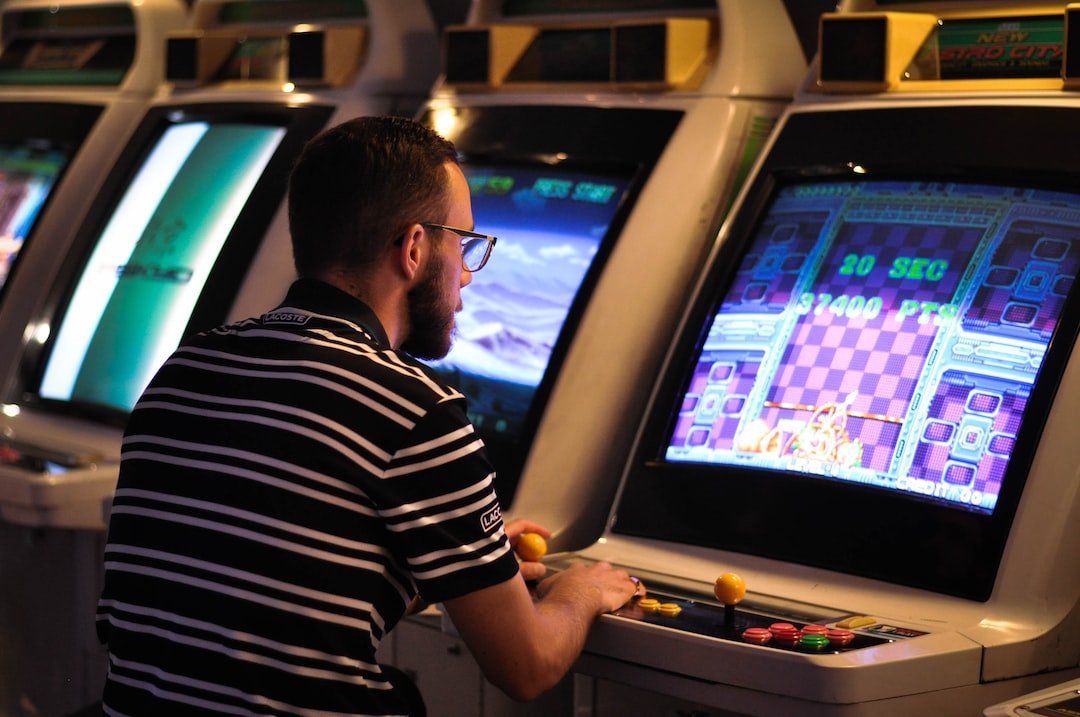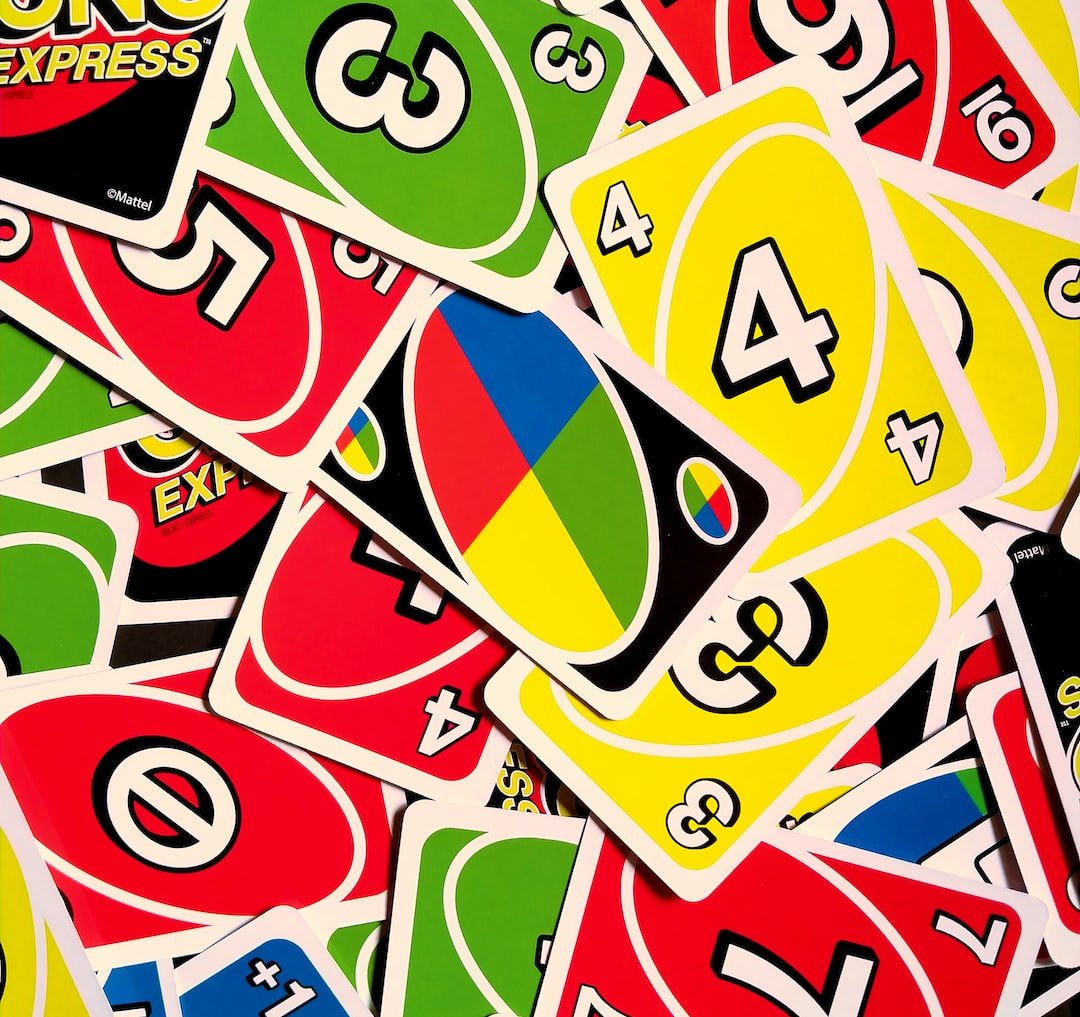In recent years, there has been a resurgence of interest in retro gaming, with more and more people rediscovering the classics that brought joy to their childhood. The appeal of retro gaming lies not only in the nostalgia for simpler times but also in the timeless gameplay and enduring charm of these iconic titles. In this blog post, we will delve into the world of retro gaming, exploring its history, its impact, and why it continues to captivate gamers of all ages.
To truly understand retro gaming, we must first look back at its origins. In the 1970s and 80s, the video game industry was in its infancy, and these early games laid the groundwork for what would become a billion-dollar industry. Pioneering consoles like the Atari 2600, Nintendo Entertainment System, and Sega Genesis introduced gamers to a whole new form of entertainment, full of colorful pixels and catchy soundtracks. These games were simple by today’s standards, often consisting of just a few basic gameplay mechanics, but the impact they had on popular culture was monumental.
Part of what makes retro games so appealing is their ability to transport us back to a different era. Just hearing the chiptune melodies of games like Super Mario Bros. or The Legend of Zelda instantly evokes memories of playing games on a sunny afternoon or cozying up with friends on a Saturday night. These games were often enjoyed together, with family members or buddies huddled around a single television screen, engaging in friendly competition or cooperative play. They brought people together in a way that modern online multiplayer experiences sometimes fail to replicate.
Another reason retro gaming has seen a resurgence is the innovative approach developers took with limited hardware. Today’s games boast incredible graphics and elaborate storylines, but retro games managed to captivate players with their simplicity and focus on gameplay. Titles like Pac-Man or Tetris are still as addictive today as they were decades ago, proving that great game design is timeless. With the rise of indie gaming, developers are once again tapping into this philosophy, creating modern retro-inspired titles that proudly display their pixel art and old-school mechanics.
Retro gaming also serves as a historical record of the industry’s evolution. Gaming has come a long way since the days of Pong, and by exploring retro games, we can appreciate the technology that paved the way for the immersive experiences we enjoy today. From early platformers like Donkey Kong to open-world adventures like The Legend of Zelda, each era of gaming brought forth new techniques and innovations that pushed the boundaries of what was possible. Retro games provide a snapshot of gaming’s past, reminding us of the journey it has taken to get to where it is today.
Fortunately, retro gaming is more accessible than ever before. With the advent of digital marketplaces, classic games are readily available for purchase, often bundled with modern enhancements like online multiplayer or high-definition remasters. In addition, dedicated retro gaming consoles, such as the Nintendo Classic Editions or Sega Genesis Mini, offer a plug-and-play experience with preloaded games that capture the essence of the past.
Whether you grew up playing retro games or are just discovering them for the first time, there is something undeniably special about experiencing these classics. Retro gaming allows us to immerse ourselves in a bygone era, escape the complexities of the modern world, and enjoy the simple pleasures of gameplay. So dust off your controllers, fire up your favorite emulator, or hunt down that old console in your basement – it’s time to rediscover the classics and appreciate the enduring magic of retro gaming.









